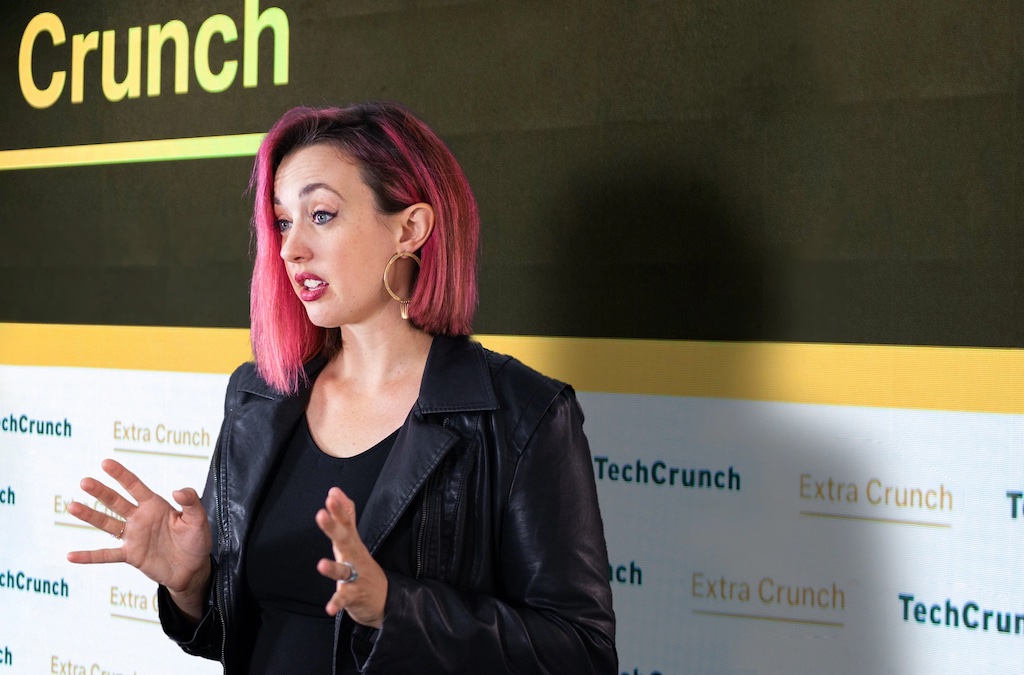A little less than two years ago, when the actor, producer, and investor Robert Downey Jr. unveiled his new, sustainability focused initiative called the FootPrint Coalition at Amazon’s re:MARS conference it was little more than a static website and a subscription prompt.
Jump cut to today, and the firm now has five portfolio companies, a non-profit initiative, and is launching a rolling venture fund, Footprint Coalition Ventures, at the World Economic Forum’s Digital Davos event.
With the new rolling fund, managed through AngelList, Downey Jr.’s initiative sits the intersection of two of the biggest ideas reshaping the world economy — the democratization of access to capital and investment vehicles and the $10 trillion opportunity to decarbonize global industry.
It’s another arrow in the quiver for an institution that aims to combine storytelling, investing, and non-profit commitments to combat the world’s climate crisis.
Rolling funds and the revolution in finance
There’s a revolution happening in finance right now, whether it’s the rise of the Redittors trying to avenge the malfeasance of short-sellers and big institutional investors that’s happening through investments in stocks like Blockbuster, Nokia, Gamestop and AMC, or the new crowdfunding sources and rolling funds that are allowing regular investors to finance early stage companies, things on Wall Street are definitely changing.
And while the public market gambles are undoubtably minting some new millionaires, opening up access to interesting startup investments is a thesis that’s a stark contrast to the cynicism of day-trading gambles.
Both could leave investors with less than zero in some cases, but with rolling funds or crowdfunding, there’s a real opportunity to build something rather than just sticking it to the man.
Unlike traditional venture funds, rolling funds raise new capital commitments on a quarterly basis and invest as they go, hence the “rolling”. Investors come on for a minimum one-year commitment, and invest at a quarterly cadence. In Downey Jr.’s fund that commitment amounts to $5,000 per quarter for up to 2,000 qualified investors (and a smaller number of accredited ones), according to a person with knowledge of the firm’s plans.
“The idea of opening [the fund] to real people, rather than the ivory tower of the institutional bigwigs… It’s a little bit more slamdance than Sundance [and] I kind of dig it,” said Downey Jr.
A guide to recognizing FootPrint Coalition Ventures
FootPrint Coalition Ventures will be split between early and late stage investment funds and will be looking to make six investments per year in early stage companies and four later stage deals.
Helping Downey Jr. manage the operations are investors like Jonathan Schulthof, who previously founded LOOM Media, which leverages smart urban infrastructure for advertising, founded Motivate International, which manages bike sharing services in cities across the U.S., and served as a managing partner for Global Technology Investments. Schulthof is joined by Steve Levin, who co-founded Team Downey, Downey Jr.’s media production company and Downey Ventures, which invests in media and technology companies.
The firm already has four companies in its portfolio through investments it made using the founders’ own capital. And while those investments were all under $1 million, the firm expects that the size of its commitments will grow as it raises additional cash. Footprint Coalition has also maintained pro-rata investment rights so that it can increase the size of its stake in businesses over time. And the investments it made to date were sized in anticipation of potential for follow-ons at much higher valuations.
A venture fund inside of a coalition
The initiative that Downey Jr. hopes to build is more than just an investment arm. Both he and his co-founders see the investment side as a single piece of a broader platform that leverages the massive social following Downey Jr. has created and the storytelling skills he and his team have mastered through decades spent working in the movie business.
That broader team includes Rachel Kropa, the former head of the CAA Foundation, who will lead scientific and philanthropic efforts and serve as the fund’s Impact Advisor and liaison to the scientific and research communities, according to a statement.
Rachel Kropa, former head of the CAA Foundation who joined Footprint Coalition to lead scientific and philanthropic efforts last year, will serve as the fund’s Impact Advisor and liaison to the scientific and research communities.
“The idea that the content that we made can be related back to the individual is very powerful,” said Kropa. “This problem is so intractable and interconnected across the world. It does matter that the fish that you eat are made using a sustainable feed.”
Kropa is referring to a piece that the FootPrint Coalition put out around sustainable aquaculture tied to the group’s recent investment in Ÿnsect, a company that makes protein from crickets for use in animal feed and human food.
“Our content around Cellular Agriculture, exemplifies the type of content we can create in the course of taking a deep dive into a particular industry. Though we have not (yet) invested in the space, we do believe there are interesting stories to tell,” said one person who works with the company.
That media is additive to activate the group’s audience, and is not something that it charges for — or considers part of its investment valuation. “We’ve been creating edited video segments with Robert doing voice over and overlaying animation all of which we’ve been posting to social. We do this for free to the companies, and we don’t charge / strong-arm / cajole for warrants, advisor shares, or the like in return,” the person said.
Weird science and sustainability
While Ÿnsect is one example of a company that the FootPrint Coalition has backed that’s doing something which may be a little outside of the purview of most of Downey Jr.’s following, other businesses like the bamboo toilet paper company, Cloud Paper, and the new investment in the sustainability focused financial services company, Aspiration, have definite direct consumer ties.
That balance is something that Schulthof said the firm was looking for as it pursues not just environmental and sustainability returns, but, more concretely, profit.
“We look at things that are meaningful and impactful [and] I get to be purely capitalist. The question is this a good opportunity is something that has to do with its margins, its scale, its risk profile, the people involved and fundamentally what are the terms… do we think the company will deliver value to investors,” said Schulthof. “We’re looking for returns.”
The opportunity for returns is enormous. As the group noted, the ESG sector – funds that focus on the Environmental, Social and Governance issues – continues to grow rapidly Part of the broader stakeholder capitalism movement, impact investing funds have topped $250 billion, and sustainability assets have doubled in value over the past three years.
“We see two powerful trends working together to support the environment. First, engaging content and media distribution enable us to create a passionate community from Robert’s 100 million followers and to use that audience to access great investments. Second, a turnkey technology platform now enables us to manage a broad set of individual investors,” said Schulthof in a statement. “Venture funds traditionally have high minimums that exclude only the wealthiest individuals, or endowments and foundations. With much lower minimums and shorter investment periods, we can now offer access to these same companies to a much broader group. When these investors further ignite our passionate audience, we hope to set a positive feedback loop in motion with environmental technologies as the ultimate beneficiary.”














